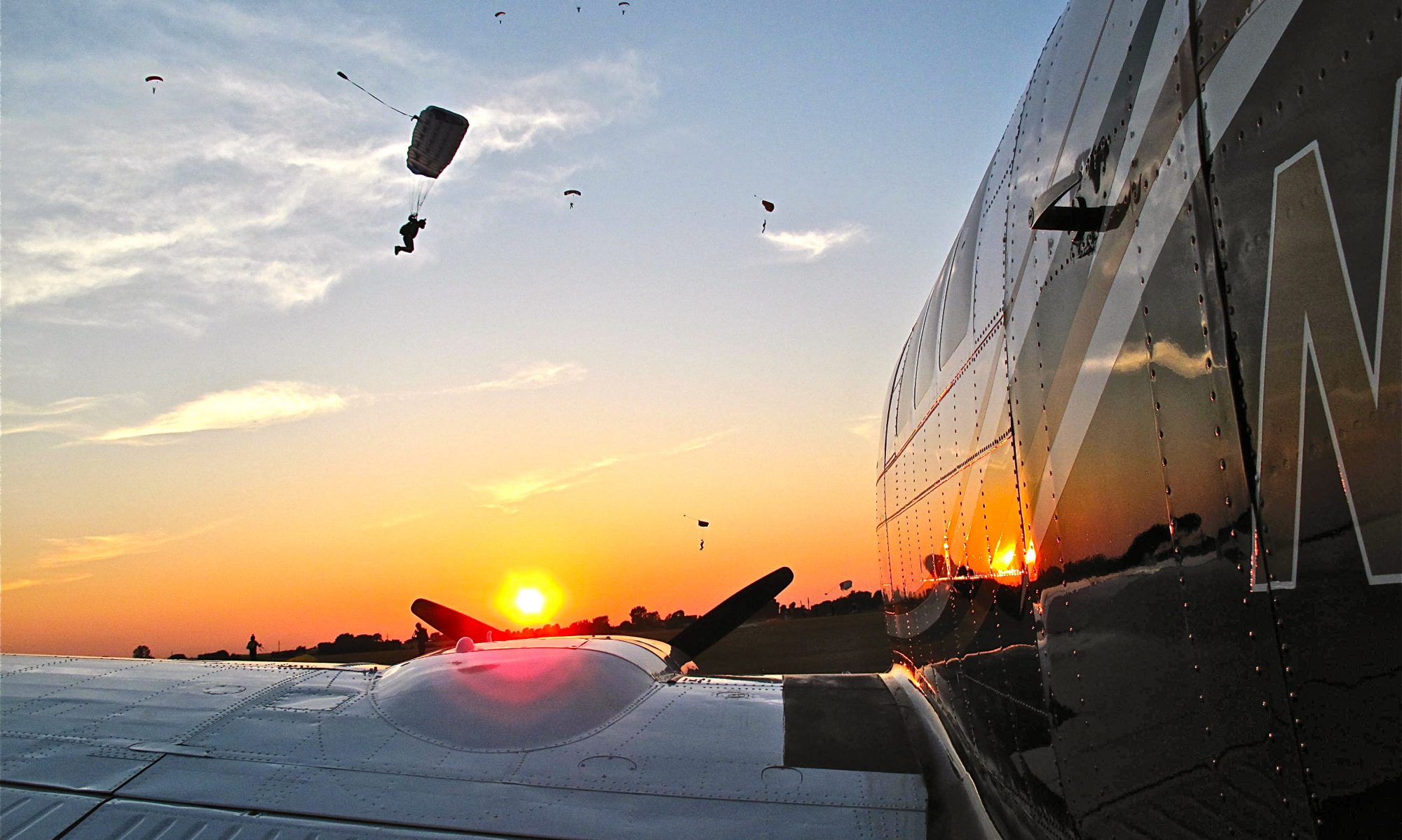Been There

This cylinder separated over North Africa in the middle of the night and ran for over 6 hours being only held on by the eight 1/4″ bolts on the exhaust and intake manifolds.
Normally when this happens the head departs the aircraft and you have about 5 or 10 minutes before all the oil runs out and you have to shut down the engine. What was worse, and unknown to me at the time, was that the fuel injection line broke and was spraying raw fuel into the open cylinder and out across the red hot turbocharger and out the nacelle vents. When the sun came up the whole rear of the nacelle was blue with the fuel dye. This 414 was very heavy and wouldn’t have maintained on one engine, with nowhere to go except the Sahara in the middle of the night. Ten days later I had it fixed in Abidjan, Ivory coast and was on my way to South Africa. Gregory Cotton.
A short story about the good old days of ferry flying. Greg and I both worked for Orient Air back when the earth was still cooling and dinosaurs roamed the planet. Yes, we were the dinosaurs, thanks for asking.
Your Weekly Lex For Strength
Dealing with adversity
By lex, on February 28th, 2007
The story of the grounded Raptors in Hawaii reminds me of one of the first TRANSPAC tales I ever heard. I was an ensign, or maybe a JG in Meridian training in TA-4J’s, and one of the Marine IP’s started talking about a WESTPAC pump his squadron had been on.
It seems that eight Yuma-based A-4F’s were on the way to the P.I., herded by a USAF KC-10 – and unlike the high-tech F-22, they didn’t have to worry about navigation systems that might fail. For the A-4′s, it was TACAN and NDB only, neither of which was worth a damn more than 200 miles or so from a land station.
Anyway, about half-way between California and Hawaii, the site of their first lay-over. One of the guys was in the basket, replenishing his go-juice – A-4′s didn’t carry much gas, so it was pretty much a constant cycling through the tanker to try and maintain options if something should go wrong aboard the tanker itself. Fatigued, I guess, from all of that form flying and refueling in the cramped environment of a Skyhawk cockpit, he hit basket with too much closure and a little off-center, the result being that the basket ripped off the hose. The still-pressurized fuel hose dumped JP-5 straight down his intake causing the (only) motor to cough and finally quit.
If I ever end up taking a cruise on a day I’m supposed to be flying I hope they find me like this.
Continued:
Ferry Flight Pic Of The Day
Plane Porn

Germany To Vegas Day 6 Part ll
Stress level building, nothing but ocean as far as the eye can see, well could see if it wasn’t for the ice laden clouds. Certain death lurks around every corner. Wait, there’s the Greenland icecap under clear blue skies, we have plenty of fuel and the weather report for Narsarsuaq is perfect. Never mind, I guess we’ve cheated death with a minimal amount of effort yet again. In fact we’re so fat on gas and the weather is so perfect it’s time to take a lap around Greenland, OK the southern tip of Greenland, we weren’t that fat on gas. I’ve always thought the southern tip of Greenland is the most beautiful place in the world I’ve ever flown over. Seeing the ice cap flow in between the sharp mountains to form glaciers then calving into icebergs is something that photos can never capture. But I tried.
Ferry Flight Pic Of The Day
Pick Your Nose Art










